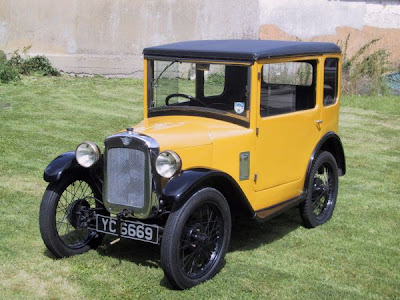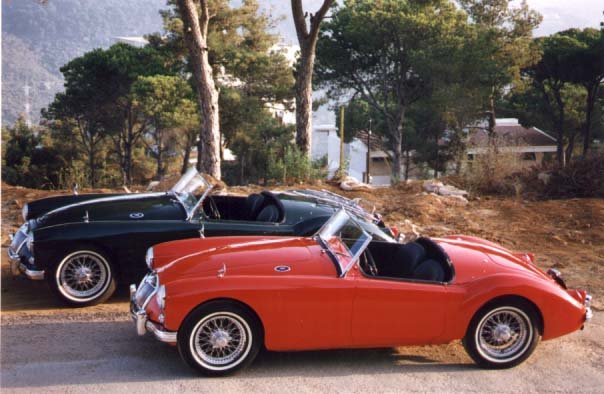
Recently it has been brought to light just how good and safe these helmets are. No where near what the were like when Fangio and others were forced to wear them. They don't look so safe. Back in Formula One racing’s early days, it was speed, not safety that took precedence. Legendary world champion Juan Manuel Fangio preferred to race in a simple balaclava. But by 1953, even Fangio couldn’t hold back the tide, and helmets were made compulsory. The ones used nowadays, however, bear little resemblance to their primitive 1950’s predecessors and are the product of years of research and development.

This helmet, which is Mark Webber's 2009 helmet, has the look of being very tough. Although the exact composition of the materials that make up a Formula One helmet is a secret closely guarded by the manufacturers, the rigid outer shell features a couple of layers, usually fibre-reinforced resin over carbon fibre. Underneath, there is a layer of aramid (also used in many bulletproof vests) and another much thicker layer of polyethylene, a soft and deformable material, which is covered with the same flameproof material used in drivers’ overalls. Smaller quantifies of aluminium, magnesium and the binding agent epoxy resin are all added to the mix too.
The typical weight of a Formula One helmet is a remarkably minimal 1250 grams. The lighter the helmet, the less weight it adds to the driver’s head under extreme G-forces, which in turn lessens the risk of whiplash-type injuries when something goes wrong. But as Massa’s accident in Hungary so dramatically demonstrated, a helmet also needs to be super strong, so it can absorb impacts and resist penetration during a crash.
With these aims of being both tough and lightweight, it’s no wonder the effort that goes into crafting a helmet that can fulfil the FIA’s demands is immense. First, the driver’s head is scanned to create a life-size model. This sculpted replica is then wrapped, layer by layer, with 120 mats of high-performance carbon fibre to ensure the perfect fit.
With every thread of fibre consisting of about 12,000 ‘microthreads’, each of which is about 15 times thinner than a human hair, the process is as expensive as it is cutting edge. In one helmet, the total length of all the threads is approximately 16,000 kilometres. Over the same distance you could drive from Tokyo to London.
The individual layers are then bonded together in an autoclave (a type of ‘industrial pressure cooker’), hardening under high pressure and at a constant temperature of 132°C. In addition, the parts which will be subject to huge loads once the helmet is in use, like the visor cut-out, are reinforced with supplementary materials, like aluminium and titanium.
As well as fulfilling its primary role of protecting a driver, the helmet must also allow him to see and breathe. Ventilation is provided through a small intake at the front, which filters the air to clean it of any motor oil, carbon and brake dust particles. Up to 10 litres of fresh air flow into the helmet’s interior per second.
The visor is made from a three millimetre-thick piece of specially-devised clear polycarbonate. Combining excellent impact protection, with flame resistance and excellent visibility, it’s by far the best solution. Most drivers tend to use tinted visors, which are coated with anti-fogging chemicals to prevent them misting up. In addition, there are several transparent tear-off strips attached to the outside, which the driver can remove as and when the visor gets dirty.
With equally strict safety standards to live up to, helmets are tested just as thoroughly as the cars. Fitted on an imitation metal ‘head’, and equipped with sensors that measure deceleration, the helmet is mounted on a sledge running on vertical track. To replicate an impact, the helmet (and ‘head’) are then lifted to a specified height and dropped on to a variety of objects, including a flat surface, a sharp edge, and a half-sphere.
Now days you have to memorize the helmets to know who is who. Cars used to carry a name or a number so that you knew at a glance. Those spots gave way to sponser money. Now, who was that who just went by......



















































